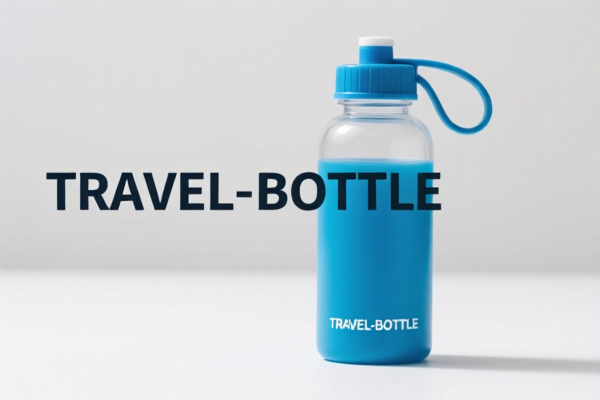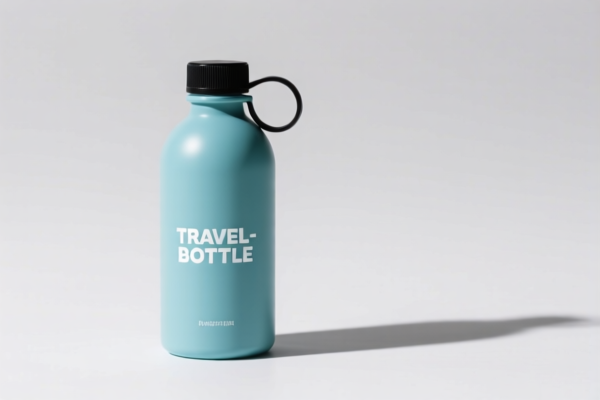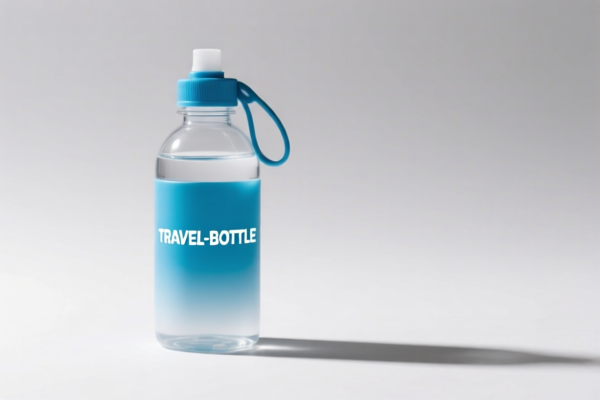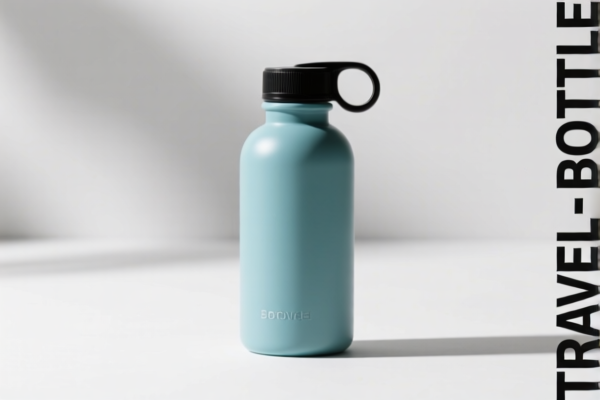| HS Code | Official Doc | Tariff Rate | Origin | Destination | Effective Date |
|---|---|---|---|---|---|
| 7010905005 | Doc | 55.0% | CN | US | 2025-05-12 |
| 7010905015 | Doc | 55.0% | CN | US | 2025-05-12 |
| 3923300090 | Doc | 58.0% | CN | US | 2025-05-12 |




Based on the provided reference data and the user input "EMPTY BOTTLE", here's a breakdown of potential HS codes and relevant considerations:
-
7010.90.50.05: Glass Bottles (Capacity > 1 Liter, Mouth Diameter ≥ 38mm)
- 70: Glass and glassware. This indicates the product is made of glass.
- 10: Bottles, flasks, jars, etc. – specifically for conveyance or packing.
- 90: Other glass containers.
- 50: Further specifies containers exceeding 1 liter in capacity.
- 05: Details containers with a mouth diameter of 38mm or more.
- Applicable if the empty bottle is glass, holds over 1 liter, and has a mouth opening of 38mm or larger. Tax rate: 55.0% (0% base tariff + 25% additional tariff, increasing to 30% after April 2, 2025).
-
7010.90.50.15: Glass Bottles (Capacity > 0.473 Liter but ≤ 1 Liter, Mouth Diameter ≥ 38mm)
- 70: Glass and glassware.
- 10: Bottles, flasks, jars, etc.
- 90: Other glass containers.
- 50: Containers exceeding 0.473 liter but not exceeding 1 liter.
- 15: Details containers with a mouth diameter of 38mm or more.
- Applicable if the empty bottle is glass, holds between 0.473 and 1 liter, and has a mouth opening of 38mm or larger. Tax rate: 55.0% (0% base tariff + 25% additional tariff, increasing to 30% after April 2, 2025).
-
3923.30.00.90: Plastic Bottles (Other)
- 39: Plastics and articles thereof. This indicates the product is made of plastic.
- 23: Articles for the conveyance or packing of goods, of plastics.
- 30: Carboys, bottles, flasks and similar articles.
- 00: Other plastic containers.
- 90: Further specifies "other" plastic containers.
- Applicable if the empty bottle is plastic. Tax rate: 58.0% (3% base tariff + 25% additional tariff, increasing to 30% after April 2, 2025).
Important Considerations & Recommendations:
- Material Verification: The most crucial step is to confirm the material of the empty bottle (glass or plastic). This will immediately narrow down the applicable HS codes.
- Capacity Measurement: Accurately measure the capacity of the bottle in liters.
- Mouth Diameter: Measure the outer diameter of the bottle's mouth in millimeters.
- Intended Use: While the bottles are empty, the intended use (e.g., food packaging, chemical storage) might influence specific import regulations.
- Certification: Depending on the intended use, you may need to provide relevant certifications (e.g., food-grade certificates, safety data sheets).
- 2025 Tariff Changes: Be aware of the tariff increases scheduled for April 2, 2025. Factor this into your cost calculations.
- Supplier Documentation: Request a detailed commercial invoice from your supplier, including material composition, capacity, and mouth diameter.
Disclaimer: This information is based solely on the provided reference data and user input. A final HS code determination should be made by a qualified customs broker or relevant authority, considering all relevant factors and import regulations.
Customer Reviews
The page is informative, but I found the images a bit unclear. Still, the HS code breakdown for 7010905015 was very useful for my export needs.
I was looking for HS code details for glass bottles over 1 liter, and this site provided exactly what I needed. The tariff rate and classification details were spot-on.
Great resource for finding HS codes for plastic bottles. The explanation for 3923300090 was clear, but I wish there were more examples for different bottle sizes.
The breakdown of HS code 7010905005 was extremely helpful. I now understand exactly what kind of glass bottles it applies to and the tariff rate.